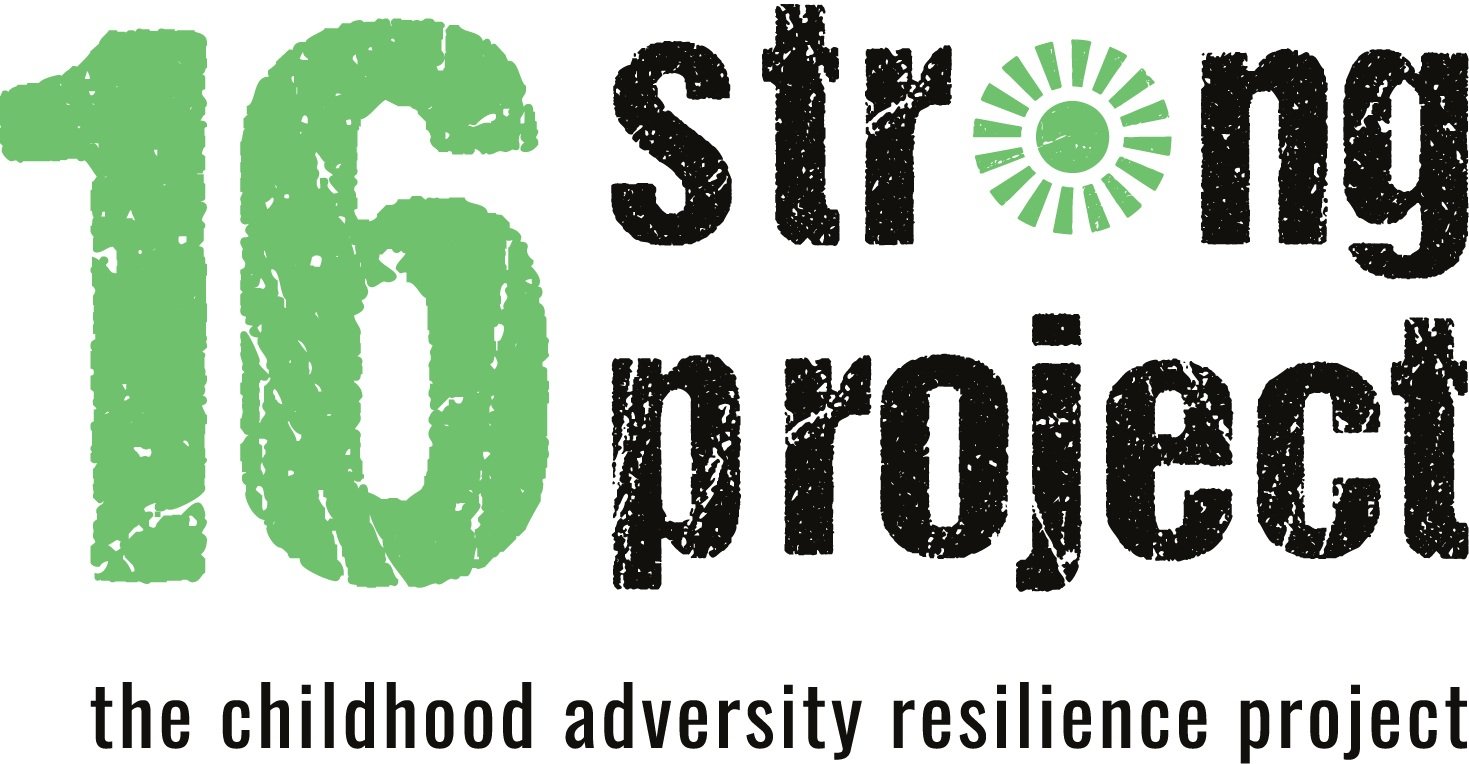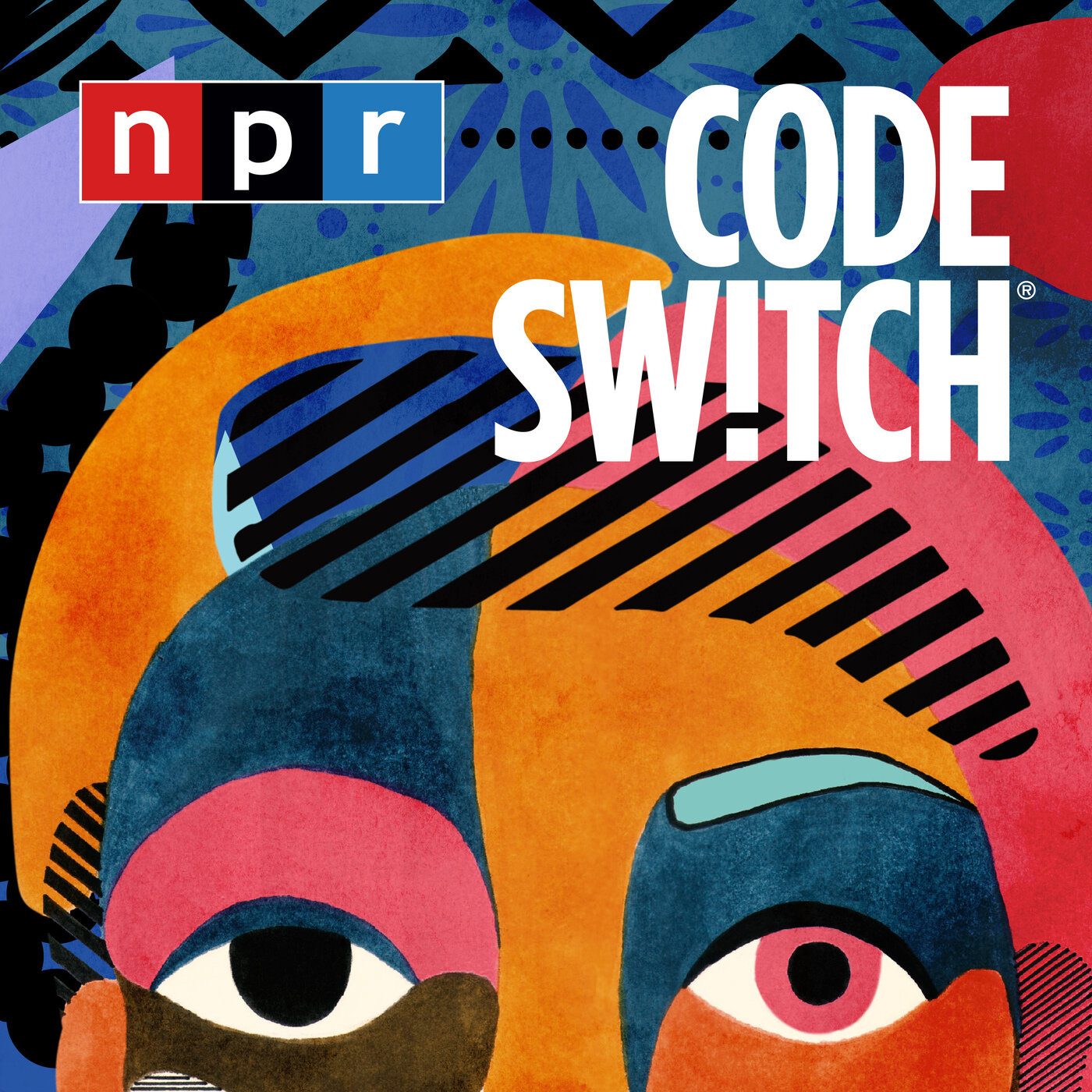“Even if you live in a big city, everybody lives in a small town. We identify ourselves by our neighborhoods”
- Karin S.
Violent Neighborhood
What it means
Did you know?
In 2015-2016, 6% of children - 4.4 million kids total - lived in communities perceived unsafe by their parents.
The likelihood of children living in neighborhoods considered unsafe varies by state. Rates dip to a low of 2% in ND and MN and climb five times higher - to 10% - in CA and NY.
Compared to their less fortunate peers, kids who feel safe in their hometowns have stronger connections with family, friends and the community. These children are more involved in extracurricular activities and tend to perform better in school and in life.
Kids Count Data Center
Living in an unsafe neighborhood can disrupt and detract from a child's healthy development.
Unsafe environments are linked to higher rates of juvenile delinquency, academic failure, child abuse and neglect.
Race and ethnicity make a difference. African-American and Latino children are three times more likely than their White peers to feel unsafe in their home community, while Asian and Pacific Islander children are twice as likely to feel this way.
Kids Count Data Center
In Popular Culture
Movies
- Boyz n The Hood
- Hope and Glory
- Coach Carter
- Freedom Writers
- 8 Mile
TV Shows
- David Makes Man
- Friday Night Lights (Vince Howard)
- My Brilliant Friend
Music
- m.A.A.d city - Kendrick Lamar
Books
- Yummy: The Last Days of a Southside Story
- The Liars' Club
- A Masque of Infamy
- The Hate U Give






